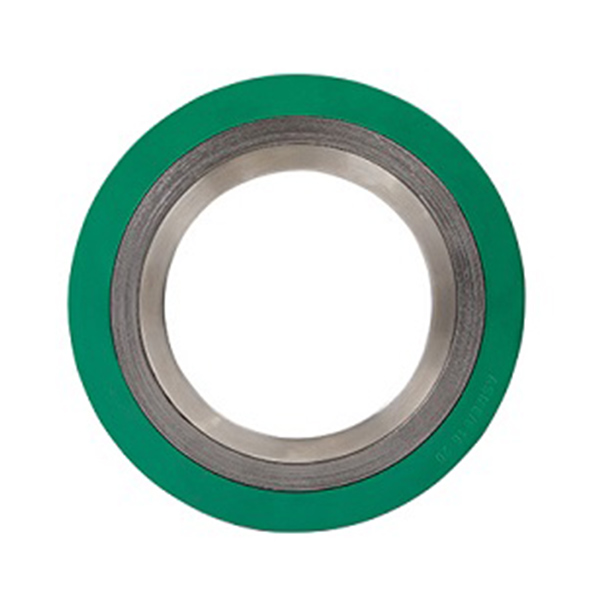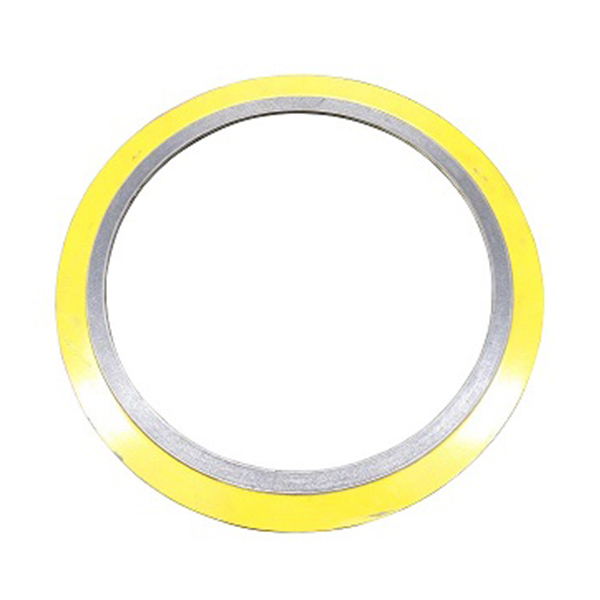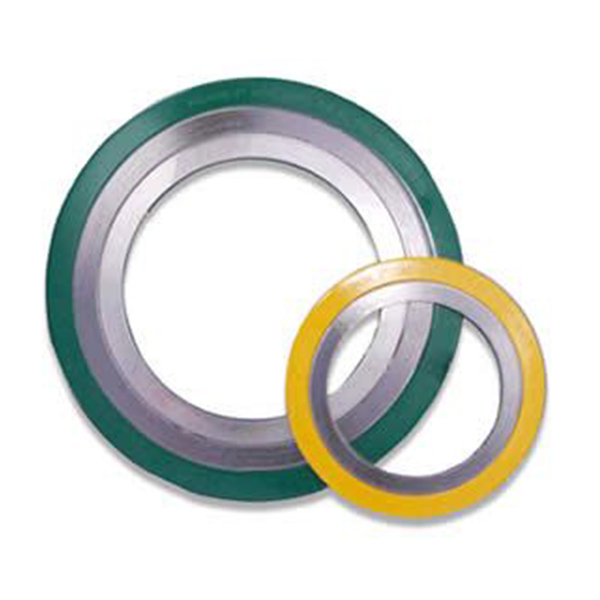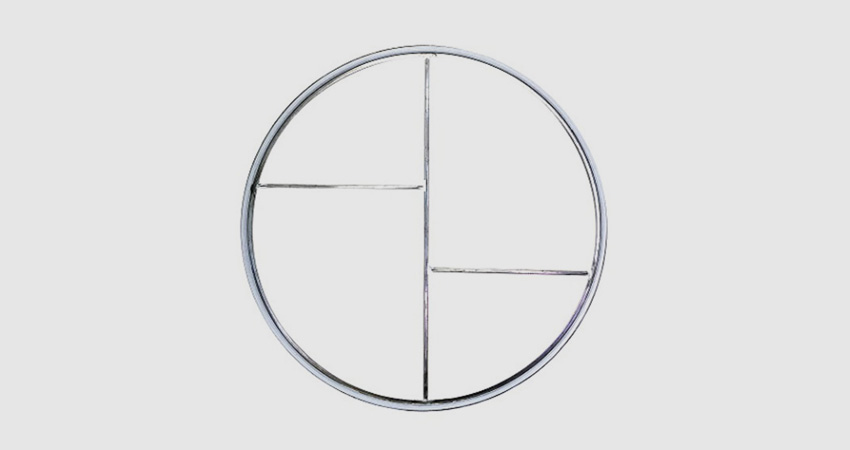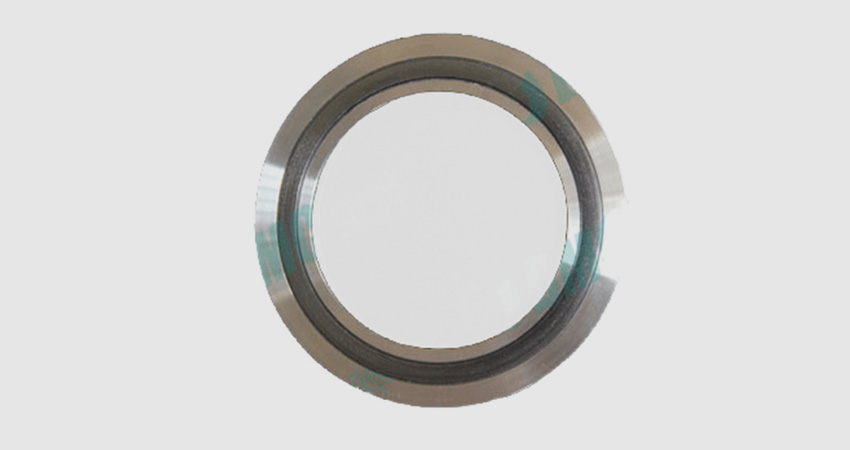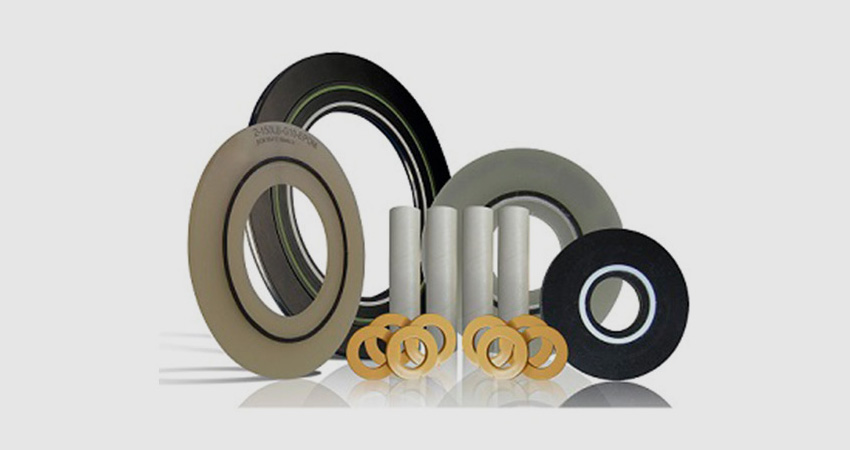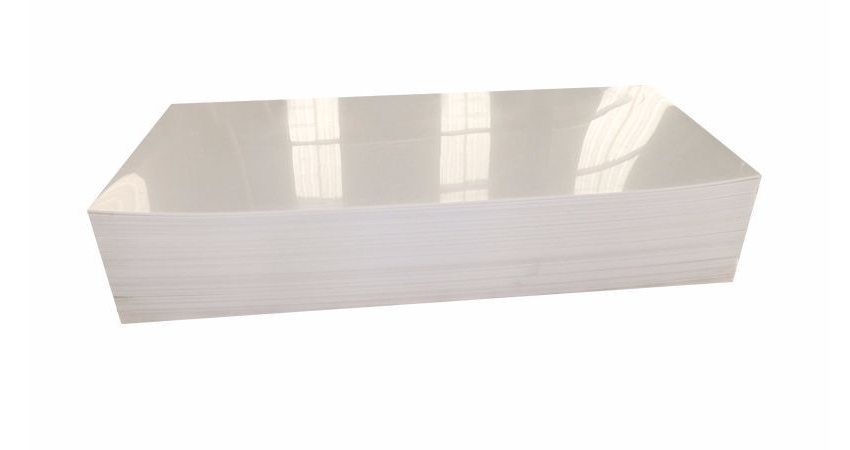Braided Packing
What is Braided Packing?
Braided packing is a type of mechanical seal used in various industrial applications to prevent leakage of fluids or gases in pumps, valves, and other equipment. It is composed of multiple strands of material braided together to form a flexible and durable seal. This packing is essential for maintaining efficiency and safety in operations involving high pressures, temperatures, or corrosive environments. Industries such as oil and gas, chemical processing, water treatment, and manufacturing rely on braided packing for its reliability and performance. The versatility of braided packing allows it to be customized with different materials and designs to meet specific operational needs, making it a critical component in many systems.
Key Features of Braided Packing
- High tensile strength and durability for long-lasting performance.
- Resistance to extreme temperatures, ranging from -100°F to 2000°F depending on the material.
- Excellent chemical compatibility with various fluids, including acids, alkalis, and solvents.
- Low friction coefficient to reduce wear on equipment shafts and prolong service life.
- Flexible and easy to install, allowing for quick maintenance and replacements.
- Available in multiple braid styles, such as square, round, or interlocked, to suit different applications.
- Customizable sizes and materials to meet specific industry standards and requirements.
Common Materials Used in Braided Packing
The material selection for braided packing depends on the application's demands, including temperature, pressure, and chemical exposure. Here are some widely used materials:
- Graphite: Ideal for high-temperature applications up to 2000°F, offering excellent thermal conductivity and chemical resistance.
- PTFE (Teflon): Suitable for corrosive environments and temperatures up to 500°F, with low friction and non-stick properties.
- Aramid Fibers (e.g., Kevlar): Provides high strength and abrasion resistance for demanding conditions up to 800°F.
- Carbon Fiber: Used in high-pressure systems, offering good thermal stability and mechanical strength.
- Glass Fiber: Effective for moderate temperatures and chemical resistance, often used in water treatment.
- Cotton or Flax: Economical options for low-temperature and non-corrosive applications, such as in food processing.
Technical Specifications Table
Below is a table summarizing the key parameters for different types of braided packing based on material composition. This data helps in selecting the right product for your needs.
| Material Type | Temperature Range (°F) | Pressure Range (psi) | pH Range | Applications |
|---|---|---|---|---|
| Graphite | -100 to 2000 | Up to 3000 | 0-14 | High-temperature valves, pumps |
| PTFE | -320 to 500 | Up to 1500 | 0-14 | Chemical processing, food industry |
| Aramid | -60 to 800 | Up to 2500 | 2-12 | Mining, oil and gas equipment |
| Carbon Fiber | -100 to 1000 | Up to 5000 | 1-13 | Aerospace, automotive systems |
| Glass Fiber | -40 to 1000 | Up to 1000 | 4-10 | Water treatment, general industry |
| Cotton/Flax | -20 to 250 | Up to 500 | 5-9 | Low-pressure seals, agricultural machinery |
Installation Guidelines for Braided Packing
Proper installation is crucial for the effectiveness of braided packing. Follow these steps for best results:
- Clean the shaft or stem thoroughly to remove any old packing debris or contaminants.
- Measure the required length of packing, ensuring it fits snugly around the shaft without gaps.
- Cut the packing at a 45-degree angle to allow for better sealing and easier installation.
- Install the packing rings one at a time, staggering the joints to prevent leakage paths.
- Use a packing tool to press each ring firmly into place, avoiding over-tightening which can cause excessive wear.
- After installation, run the equipment briefly to seat the packing, then check and adjust the tension as needed.
Always refer to the manufacturer's instructions for specific details related to your braided packing product.
FAQ Section
What is the typical lifespan of braided packing?
The lifespan varies based on application conditions, such as temperature, pressure, and media. Under ideal conditions, it can last from several months to years. Regular maintenance and proper installation can extend its life.
How do I choose the right braided packing material for my application?
Consider factors like operating temperature, chemical compatibility, pressure, and shaft speed. Consult the technical specifications table above or seek advice from a specialist to match the material to your needs.
Can braided packing be used in potable water systems?
Yes, but only with materials certified for potable water, such as PTFE or FDA-approved compounds, to ensure no contamination occurs.
What are the signs that braided packing needs replacement?
Common indicators include increased leakage, higher operating temperatures, excessive friction, or visible wear on the packing or shaft. Regular inspections help detect issues early.
Is braided packing environmentally friendly?
Many modern braided packing materials are designed to be eco-friendly, with options like biodegradable fibers or recyclable compounds. Always check the product specifications for environmental certifications.
How does braided packing compare to other sealing methods?
Braided packing offers flexibility, ease of maintenance, and cost-effectiveness compared to mechanical seals or gaskets, especially in applications where frequent adjustments are needed.
Can braided packing handle abrasive media?
Yes, materials like aramid or carbon fiber are resistant to abrasion and are suitable for applications involving slurries or particulate matter.
What maintenance is required for braided packing?
Regular checks for leakage, tension adjustments, and lubrication (if recommended) are essential. Replace packing when signs of wear appear to prevent equipment damage.
- View as

Back Injectable Sealant Packing For Pump And valve

Yellow Soft Injectable Sealant Packing For Pump And valve

White Injectable Sealant Packing for Pump

Injectable Sealant Packing For Pump And valve
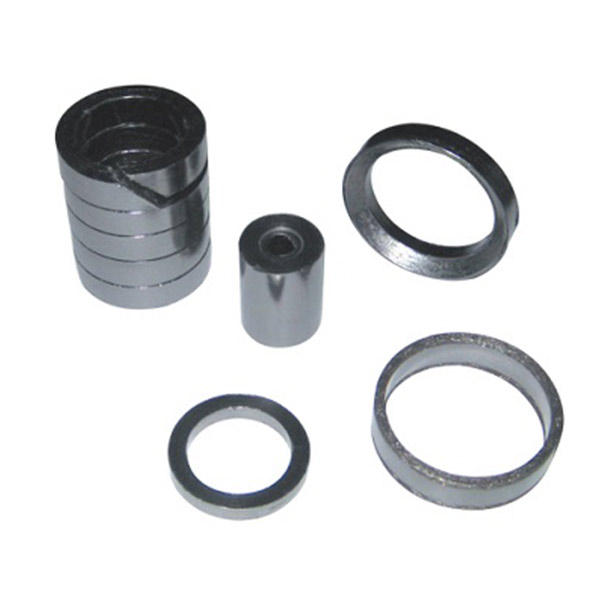
Die-formed Ring



